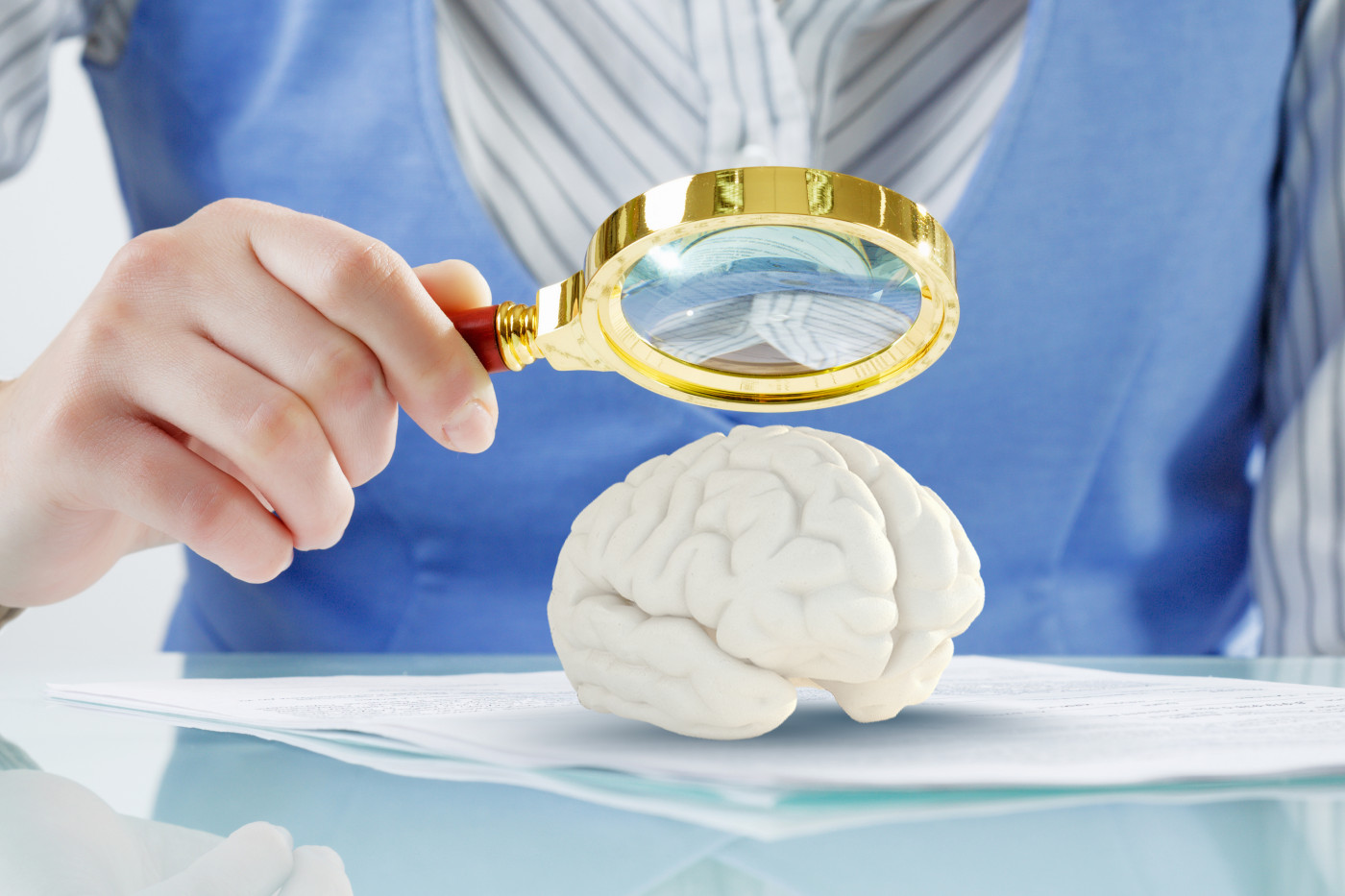Low KCC2 Protein Levels May Underlie Developmental Defects in Rett Patients, Study Suggests

Low levels of a protein called KCC2 disrupt the ion transport balance in nerve cells and may underlie the developmental defects in people with Rett syndrome, a study says.
The study, “KCC2 expression levels are reduced in post mortem brain tissue of Rett syndrome patients,” was published in Acta Neuropathologica Communications.
Rett syndrome is caused by mutations in the MECP2 gene, which provides instructions to make a protein called MeCP2. This protein is responsible for maintaining synapses (the sites where neurons communicate) and controlling the activity of other genes.
Expression of the KCC2 gene produces a protein that exports chloride ions to the space outside cells via an electrical current created by potassium ions. This gene has been regarded as a key mediator of neuronal development.
Because of its role in maintaining ion balance, which is essential for the ability of nerve cells to send electrical signals, the KCC2 protein is also important for the balance between excitation and inhibition in neurons.
Excitatory and inhibitory neural signals work as the “yin and yang” of the brain and is the basis of communication between nerve cells. While excitatory signaling propagates a signal by making the receiver nerve cell more likely to be activated, inhibitory signaling has the opposite effect.
“Previous studies suggest that MeCP2 mutations lead to changed KCC2 expression levels, thereby causing a disturbance in excitation/inhibition (E/I) balance,” the investigators wrote.
To investigate that possibility and better assess the role of KCC2 in Rett, researchers from the Vrije Universiteit Amsterdam, in The Netherlands, compared KCC2 protein and RNA levels in post-mortem brain tissue samples from three patients with the disorder and three healthy individuals (controls). Of note, RNA is generated from DNA and serves as a template for the production of proteins.
Results revealed that RNA levels of KCC2 were much lower among those with Rett compared to the controls in different regions of the brain. Likewise, KCC2 protein levels were also lower among patients with Rett in the hippocampus — a crucial brain area in memory and learning — and in four regions of the cortex (the outer region of the brain that controls functions such as speech, thought, and memory).
However, the expression levels of the NKCC1 gene, which provides instructions to make a protein responsible for the import of chloride ions to neurons, were unchanged. As a result, in the brain of those with Rett, the ratio between the levels of KCC2 and NKCC1 was abnormally low, affecting the balance of chloride ions in nerve cells and potentially disrupting their excitation/inhibition balance.
“[O]ur results confirm earlier hypotheses that RTT [Rett] patient brains show a decreased KCC2 expression, resulting in a lower KCC2/NKCC1 ratio,” the researchers wrote.
“Considering KCC2 is essential for a functional E/I balance…, these insights strengthen the importance of ion channel dysfunction in RTT patient brains, as E/I imbalance are associated with delayed neuronal development and seizures in RTT,” they added.
“By understanding these mechanisms and its alterations in RTT during early development, we can identify new treatment approaches and elucidate the need for early diagnostics,” the team wrote.






